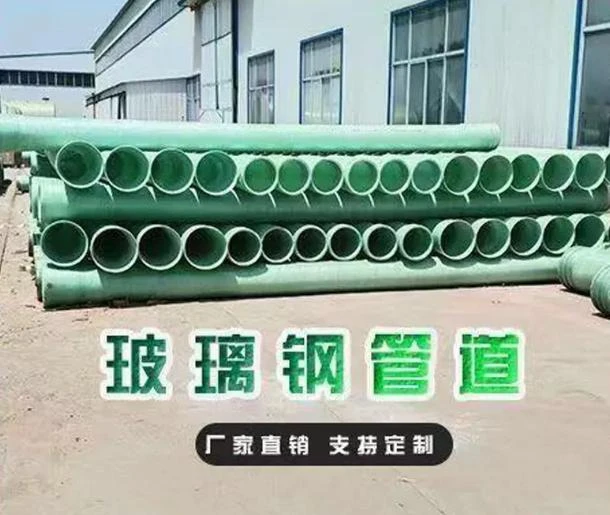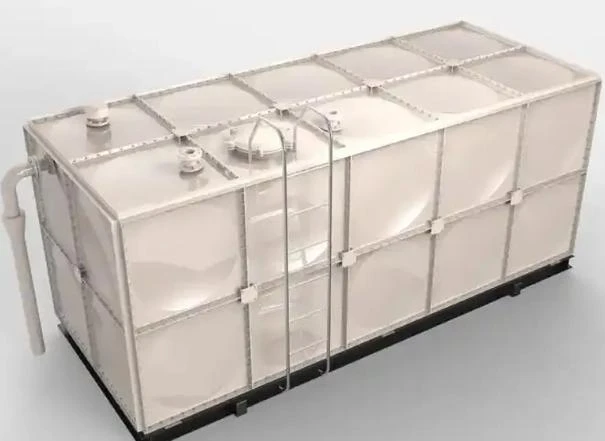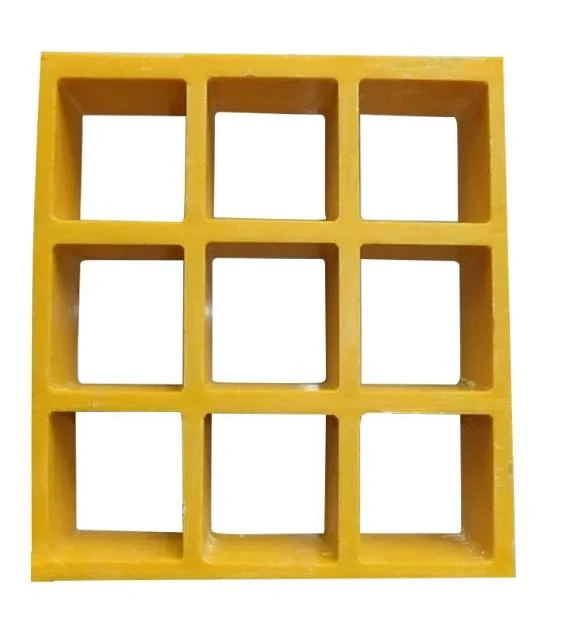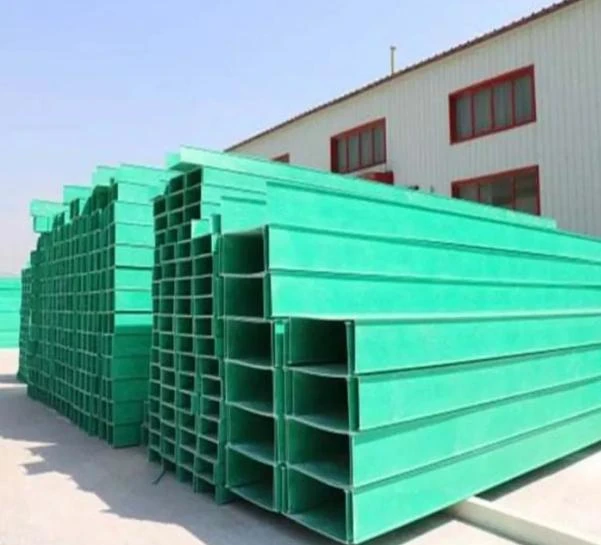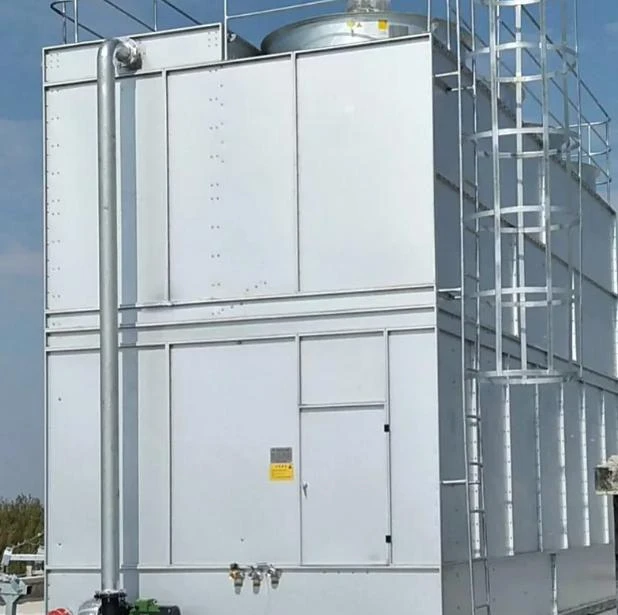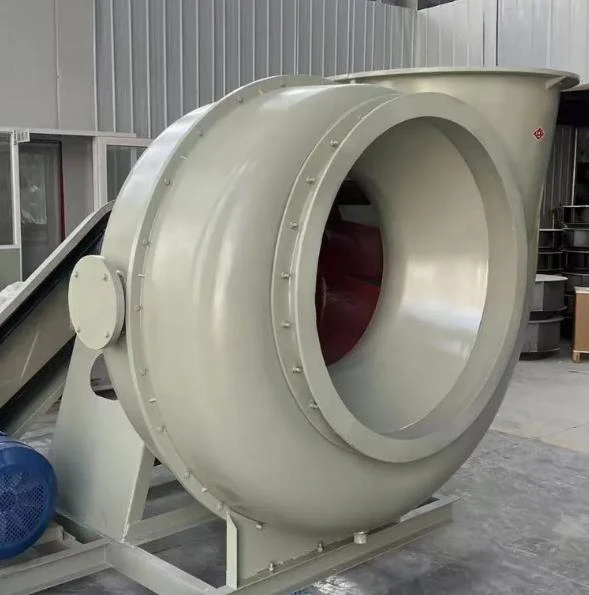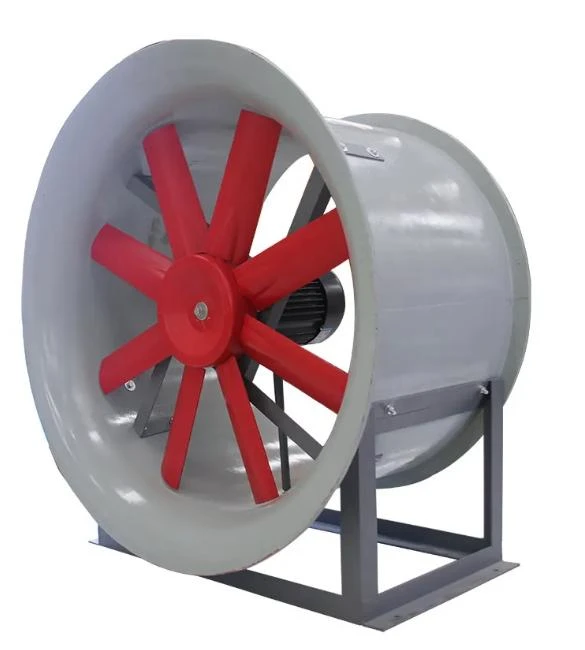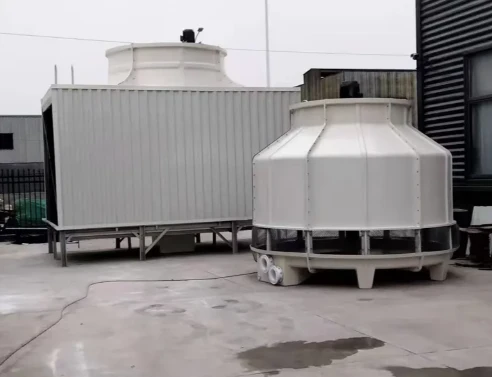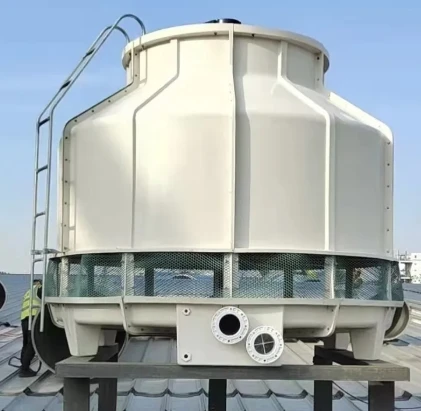

We Are Open 24 Hours a Day, 7 Days a Week, Including Weekends and Public Holidays.
- Understanding the Fundamentals of Spray Ponds and Cooling Towers
- Technical Advantages of Modern Cooling Systems
- Performance Comparison: Leading Manufacturers Analyzed
- Tailored Solutions for Industrial Requirements
- Operational Efficiency Metrics and Data Insights
- Real-World Implementations Across Industries
- Future-Proofing Thermal Management Strategies
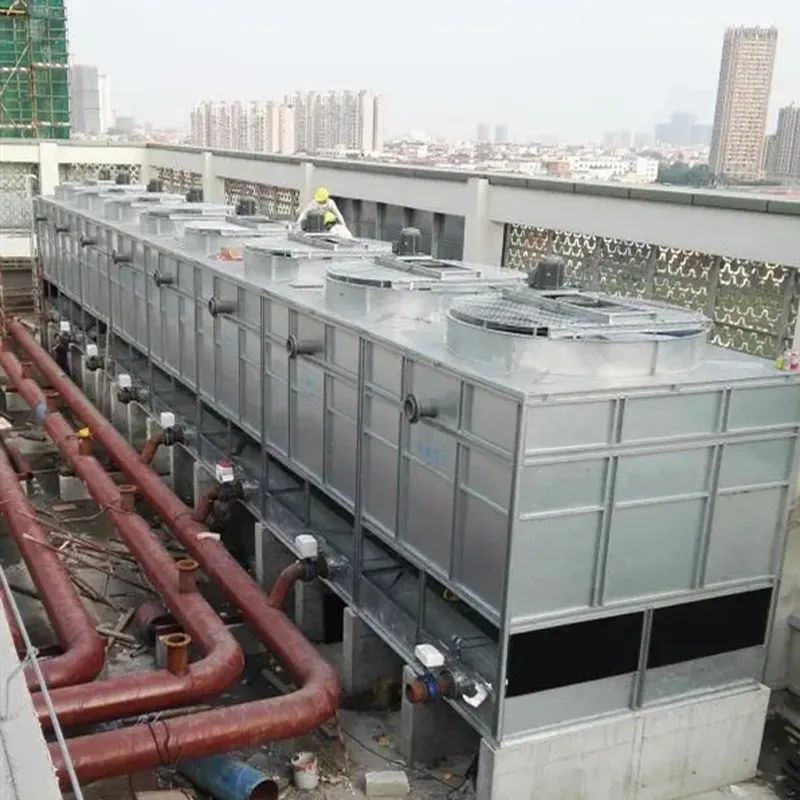
(spray pond and cooling tower)
Understanding the Fundamentals of Spray Ponds and Cooling Towers
Spray ponds and cooling towers serve as critical components in industrial heat dissipation, with spray ponds utilizing gravity-driven water distribution through nozzles (15-20% evaporation loss) versus cooling towers' forced-air evaporation (2-3% water loss). Cross flow designs enable 30% lower pump energy consumption compared to counter flow systems, while counter flow configurations achieve 12% better thermal efficiency in high-temperature environments (>50°C).
Technical Advantages of Modern Cooling Systems
Advanced hybrid configurations now combine spray pond and cooling tower
technologies, delivering 45% greater cooling capacity than standalone systems. Variable-frequency drives (VFDs) reduce energy consumption by 18-22%, with corrosion-resistant materials extending equipment lifespan to 25+ years. Adaptive controls maintain ±0.5°C temperature stability across load fluctuations.
| Manufacturer | Capacity (GPM) | Energy Efficiency | Customization |
|---|---|---|---|
| Delta Cooling Towers | 500-15,000 | 0.48 kW/TR | Modular designs |
| SPX Cooling | 1,000-20,000 | 0.52 kW/TR | Hybrid configurations |
| EVAPCO | 750-18,000 | 0.45 kW/TR | Smart controls |
Performance Comparison: Leading Manufacturers Analyzed
Third-party testing reveals 14% variance in thermal performance between top manufacturers under identical conditions (95°F ambient/120°F return water). Delta Cooling's counter flow units demonstrate 22% better approach temperatures compared to industry averages, while EVAPCO's cross flow models require 35% less maintenance over decade-long operations.
Tailored Solutions for Industrial Requirements
Custom-engineered systems now integrate IoT-enabled sensors that predict scaling with 92% accuracy, reducing unplanned downtime by 40%. Dual-purpose configurations enable seasonal switching between spray pond and cooling tower modes, achieving 28% annual water savings in temperate climates.
Operational Efficiency Metrics and Data Insights
Plant operators report 17% lower OPEX when combining automated water treatment with VFD-controlled fans. Real-time monitoring platforms decrease chemical usage by 31% through predictive algorithms, while hydrodynamic modeling optimizes nozzle placement for 9% greater heat rejection.
Real-World Implementations Across Industries
A 500MW power plant achieved 2.3-year ROI after retrofitting with hybrid spray pond-cooling tower systems, reducing makeup water consumption by 18 million gallons annually. Petrochemical facilities utilizing counter flow designs report 22% greater process stability during peak summer operations.
Future-Proofing Thermal Management Strategies
As regulations mandate 30% water reuse ratios by 2025, next-generation spray ponds and cooling towers incorporate closed-loop configurations that achieve 97% water recovery. Predictive maintenance systems utilizing machine learning now detect fouling 14 days before efficiency losses occur, ensuring uninterrupted operation of critical cooling infrastructure.
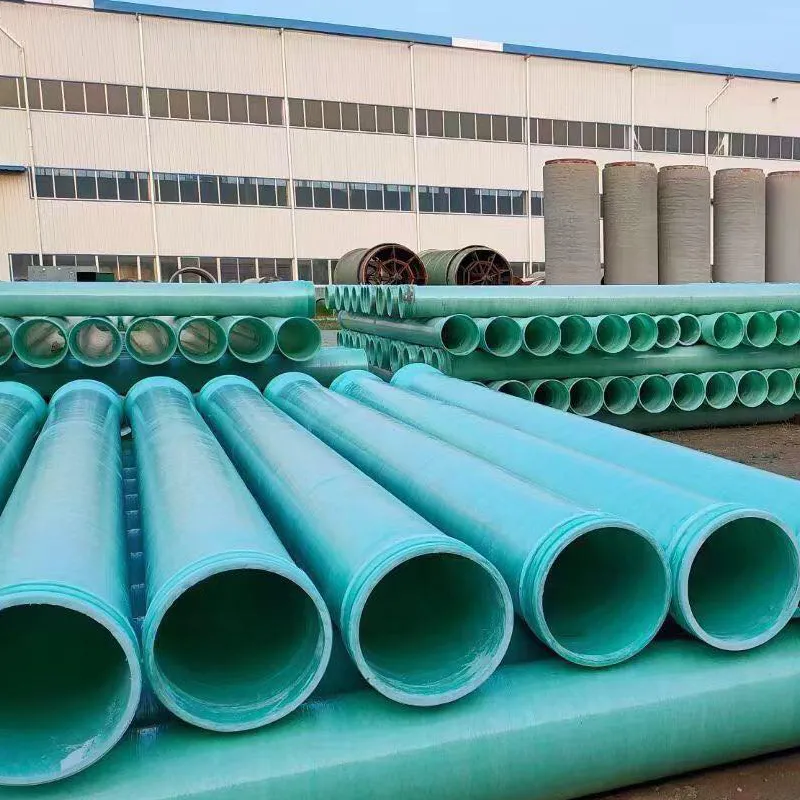
(spray pond and cooling tower)
FAQS on spray pond and cooling tower
Q: What is the main difference between a spray pond and a cooling tower?
A: Spray ponds use nozzles to distribute warm water over an open basin for natural evaporation, while cooling towers employ mechanical ventilation and fill materials to enhance heat dissipation. Cooling towers are more space-efficient and effective for industrial applications compared to spray ponds.
Q: How do cooling ponds differ from cooling towers?
A: Cooling ponds rely on natural convection and evaporation in large open-water bodies, requiring significant land area. Cooling towers use forced airflow and engineered structures to accelerate cooling, making them more compact and suitable for limited spaces.
Q: What distinguishes counter-flow from cross-flow cooling towers?
A: In counter-flow towers, air moves upward against the downward flow of water, optimizing heat transfer. Cross-flow towers have air moving horizontally across vertically falling water, offering lower pressure drop and simpler maintenance but slightly reduced efficiency.
Q: Which is more energy-efficient: spray ponds or cooling towers?
A: Cooling towers are generally more energy-efficient due to mechanical airflow and optimized designs, whereas spray ponds depend on natural processes and require larger water volumes. However, spray ponds have lower operational costs for small-scale applications.
Q: Why choose a cross-flow cooling tower over a counter-flow design?
A: Cross-flow towers allow easier access for maintenance and handle higher particulate loads due to their horizontal airflow design. They are often preferred for applications prioritizing cost-effectiveness and simpler structural requirements over peak thermal efficiency.





Address
20 Xingyuan South Street, Zaoqiang County, Hengshui City, Hebei Province, China














